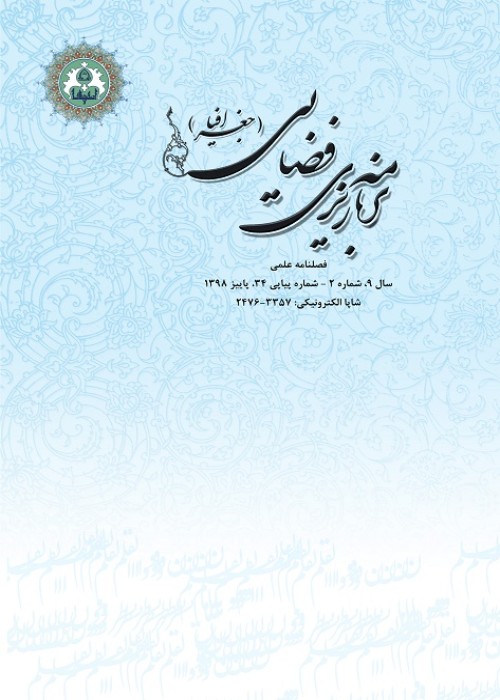An Evaluation of the Impact of the Urban Form Objective Measures on the Neighborhood Residents’ Walkability, Case Study: 14th district of Isfahan
The design of the built environment plays a key role in confronting health challenges.
The present study aims to evaluate the impact of the urban form objective measures on the residents’ physical activity of two objectively different neighborhoods.
In this study, the quantitative research method was applied based on analyticaldescriptive techniques. The theoretical framework related to the built environment and physical activity was discussed. Objective measures of the built environment including residential density, land-use mix, and street connectivity combined into a walkability index were developed within a geographic information system in the District 14 of Isfahan using Arc GIS. Two neighborhoods were selected based on differences in the objective index of walkability while controlling for socio-economic variables. The physical activities of 100 residents of both neighborhoods were measured using the IPAQ questionnaire through faceto-face interviews.
In this study, 63% of individuals in the high-walkable neighborhood with a walkability index of 9.52 met the≥30 minutes of physical activity recommended, compared to 36% of individuals in the low-walkable neighborhood with a walkability index of 5.30. Urban form variables directly supported residents’ physical activity and walkability. People in the neighborhood with a higher rank in the variables of residential density, land use mix, and street connectivity had more walkability than the neighborhood with a lower rank in the mentioned variables. Innovation: The present study used a technical quantitative approach to investigate the effect of urban form variables on the residents’ physical activity of two neighborhoods in one of the deprived areas of Isfahan, Iran. These variables were studied separately and explained in terms of indicators reflecting the walkability index in the neighborhoods.
- حق عضویت دریافتی صرف حمایت از نشریات عضو و نگهداری، تکمیل و توسعه مگیران میشود.
- پرداخت حق اشتراک و دانلود مقالات اجازه بازنشر آن در سایر رسانههای چاپی و دیجیتال را به کاربر نمیدهد.



